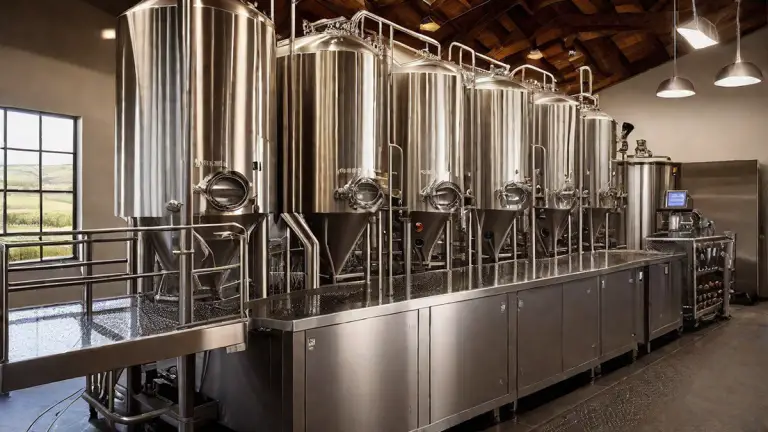As a passionate hobbyist in winemaking, I recognize the critical role that maintaining clean equipment plays in preserving both the taste and safety of my homemade wine. It’s essential to implement proper cleaning practices throughout every phase of the winemaking journey, from the initial grape crushing to the eventual bottling of the wine. In this article, I intend to impart my own strategies and methods for efficiently cleaning equipment used in winemaking.
Why Sanitization is Vital
Sanitizing wine making equipment is essential because it eliminates any harmful bacteria, wild yeasts, or other microorganisms that could spoil the wine or cause off-flavors. Even a tiny amount of contamination can ruin an entire batch of wine, so maintaining a clean and sanitized environment is non-negotiable.
Cleaning vs. Sanitizing
Before sanitizing, it’s important to thoroughly clean the equipment. I always start by cleaning with a gentle detergent to remove any dirt, debris, or residue. Once the equipment is clean, the next step is sanitization. Cleaning alone is not enough to ensure a sterile environment for winemaking.
Sanitizing Agents
My go-to sanitizing agent is sodium metabisulfite. It is effective, affordable, and readily available at brewing supply stores. I prepare a solution by dissolving the appropriate amount of sodium metabisulfite in water. Another popular choice for sanitizing is Star San, which is a no-rinse acidic sanitizer commonly used by winemakers and brewers. Regardless of the sanitizing agent used, always follow the manufacturer’s instructions for the correct dilution and contact time.
Equipment Sanitization Process
When sanitizing my wine making equipment, I ensure that every surface that will come into contact with the wine is thoroughly sanitized. This includes the primary fermenter, secondary carboys, siphoning tubes, airlocks, and any other tools or utensils. I let the equipment soak in the sanitizing solution for the recommended time to ensure complete sterilization.
Drying and Storage
After sanitization, it’s crucial to allow the equipment to air dry completely. I prefer air drying over using towels or paper towels, as these can introduce new contaminants. Once dry, store the equipment in a clean and dust-free environment to maintain its sanitized condition until the next use.
Final Thoughts
Sanitizing wine making equipment is not only a necessary step for producing high-quality wine, but it also gives me peace of mind knowing that I’ve done everything possible to minimize the risk of spoilage. By following these sanitation practices, I’ve been able to consistently produce delicious wines that I am proud to share with family and friends.
Whether you’re a seasoned winemaker or just starting out, remember that proper sanitization is the foundation of successful winemaking. Cheers to clean equipment and exceptional wines!




